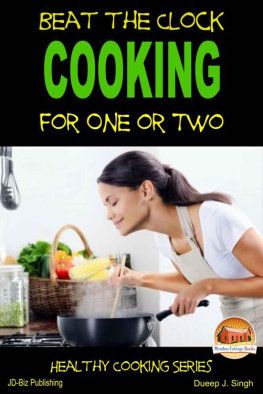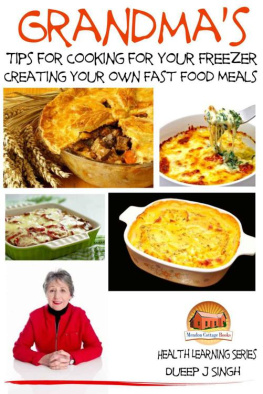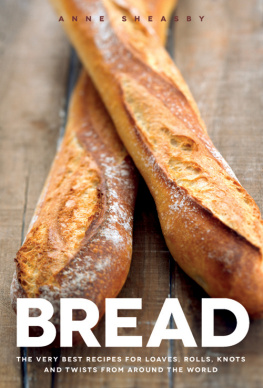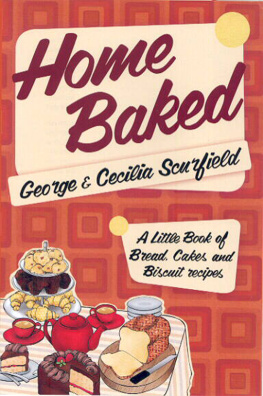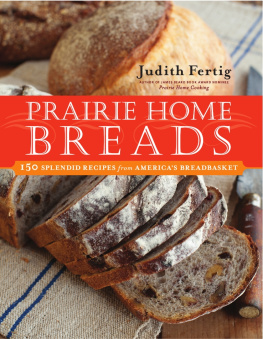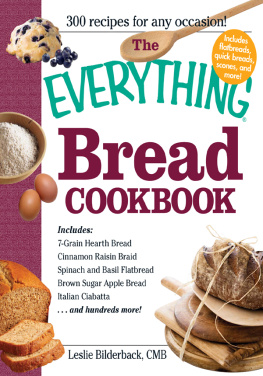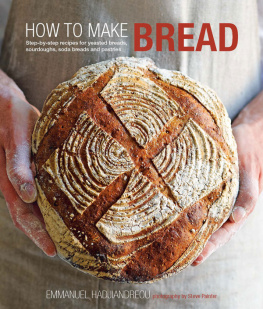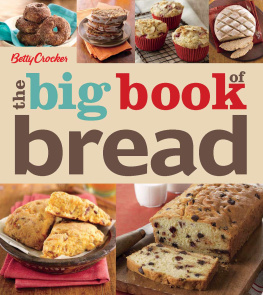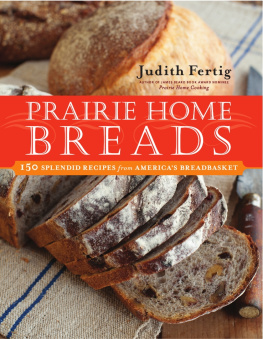Introduction to Yeast Breads

Breads and Bread Pastries
Natural Health Series
Dueep J. Singh
Mendon Cottage Books

JD-Biz Publishing
All Rights Reserved.
No part of this publication may be reproduced in any form or by any means, including scanning, photocopying, or otherwise without prior written permission from JD-Biz Corp Copyright 2014
All Images Licensed by Fotolia and 123RF.
Disclaimer
The information is this book is provided for informational purposes only. It is not intended to be used and medical advice or a substitute for proper medical treatment by a qualified health care provider. The information is believed to be accurate as presented based on research by the author.
The contents have not been evaluated by the U.S. Food and Drug Administration or any other Government or Health Organization and the contents in this book are not to be used to treat cure or prevent disease.
The author or publisher is not responsible for the use or safety of any diet, procedure or treatment mentioned in this book. The author or publisher is not responsible for errors or omissions that may exist.
Warning
The Book is for informational purposes only and before taking on any diet, treatment or medical procedure, it is recommended to consult with your primary health care provider.
Check out some of the other Healthy Gardening Series books at Amazon.com
Gardening Series on Amazon
Check out some of the other Health Learning Series books at Amazon.com
Health Learning Series on Amazon
Table of Contents
Introduction
A couple of months ago I wrote a book on breads, and the reader may ask why I would want to continue the topic, about this most integral part of our life, bread, basic bread. Well, everybody knows that throughout the dawn of mans existence, as well as throughout history, bread has been the symbol of an old-time kitchen and hearth which has formed the warm and be the center of a human home.
Ancient tomb carvings depict planting, harvesting the grain, grinding, mixing of the bread and baking it. This head of wheat was considered to be so sacred that it was a decoration on the weapons and shields of great warriors and kings.
Even Gods and goddesses, especially the Greek goddess Demeter whose Egyptian equivalent was the goddess Isis was the goddess of harvesting with wheat as her symbol.

According to the Arabs, wheat and other grains like corn, rye, barley, oats, millet and maize came down from heaven in 7 handkerchiefs and it has always to be respected since Allah himself took so much care to keep these precious cereals, clean and pure, while handing them to man. That is why they call bread, Gods special gift.
So it was only when human beings found out that wheat was one of the grasses which could be kept for a long time without spoiling in dry conditions, they started harvesting, storing and grinding it so that finely bread could be made from it.

The first loaf of bread which was made of flour must have consisted mainly of a coarsely crushed grain mixed with water. And then it would have been cooked, on a flat or convex shape heated strong. Later on, it would have been mixed into a dough, and then baked in an oven or baked in front of a fire.
Some baked bread would have been cooked in the form of flat cakes, and rolled up and stored away for future eating pleasure.
So, you may say, that is all very all right, but what has this to do with yeast bread? Well, millenniums ago, Egyptians discovered that, if the wheat dough was fermented to form gases, the result was a lighter loaf. That was because the gluten present in the wheat enabled the dough to expand and thus retain the gases needed for fermentation. Of course, they did not know the scientific explanation, and the presence of gluten, but they knew all about light loafs of bread.
There are some elements of flour, which, though distinctive from each other in the dry state united upon the addition of moisture in the form of water to form gluten. This gave the soft springy quality to the bread dough. And this was the origin of the soft springy bread as we know it. We are talking about the ancient Egyptians here, who supposedly were the first people who built ovens for bread baking.
However, believe it or not, 10,000 years ago, the people living near hot lakes in Switzerland had their own bake ovens, where the bread was baked on the hot flowing earth near these hot springs.
The character of many homemade breads are going to depend upon the availability of cereal grains and local tradition and taste. That is why there is a wide selection of breads available all over the world, depending on the locality, and the traditions which are being followed down the centuries.
The yeast breads are mainly of wheat flour or whole wheat flour containing the germ of the wheat and the bran in varying quantities. Other flours like barley are also used to make yeast breads.
Quick Breads
These quick breads are made of batter, a flour and water paste in which, you may or may not add milk, eggs and fat. These quick breads are popular as griddle cakes, waffles and popovers.
Soda raised or baking powder breads are made up of white flour, bran, whole wheat and oat meal. These are used to make bun like loafs and rolls, as well as muffins.

Thanks to the easy availability of dry yeast, as well as moist yeast, the modern homemaker does not worry much about the hassle of bread making, which was a time-consuming and arduous activity in her grandmothers time. Nevertheless, the well-loved and timeworn rites of bread making are still followed all over the world today as they were done more than ten thousand years ago.
That is because the bread requires meticulous care, while mixing and kneading.
Yeast

You can purchase yeast in several forms. The moist and the compressed yeast, which is quick acting is perishable. That is why it has to be kept in the refrigerator and used within a few days.
Dry yeast may be purchased in a granular form. It has a slightly slower action, but it is going to keep for several months without refrigeration.
However, thanks to modern facilities for transportation and refrigeration, moist and fresh yeast has become a favorite with most housewives who like to do their own baking.
Did you know that years ago, every housewife traditionally made her own yeast? That is how they made such good bread with their homemade yeast.
Here is the traditional recipe, which is nearly forgotten in the 21 st century, but I managed to find it. This originally came from Czechoslovakia.
For this you need 5 large potatoes, 8 cups of boiling water, one tablespoonful of sugar, 2 yeast cakes dissolved in half a cup of lukewarm water. Make sure that the water is not hot.



